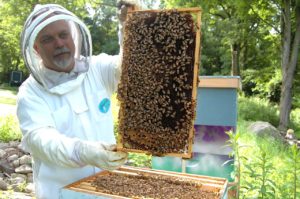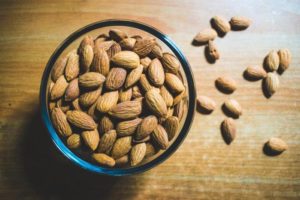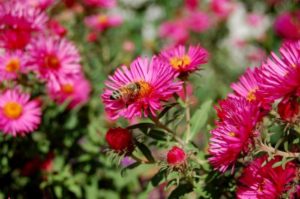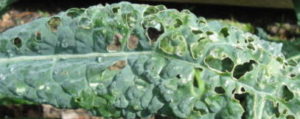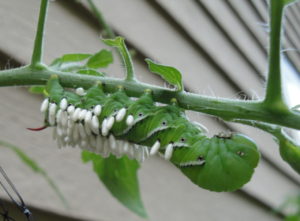Brush Piles and The Fall Cleanup
Fall weather has debuted in most regions of the northern temperate zone. And frost has kissed the peaks of the higher elevations in western North Carolina. But, before you gather the tools, the leaf bags, and the kids for the fall cleanup, consider being a little less tidy this year. I’ll explain how to do this when constructing a few brush piles in the garden.
“What? Why?” you might ask. Sure, the gardens always look neat and orderly after the fall cleanup, while the plants remain dormant and bare. But at what cost?
While cooling weather invigorates, it also sends signals to local wildlife that they must prepare for winter, or they will perish. Food and water for those remaining active, shelter from the elements, and protection from predators will become life-or-death issues for these organisms over the coming months.
Plants benefit from a layer of organic matter on the ground below them. It insulates their root systems from severe cold and holds moisture in the soil. A covering over the soil also prevents topsoil from blowing away. As the material decomposes, plants absorb valuable nutrients. This natural mulch also provides nutrients for earthworms and soil microbes, which contribute to the biological health of the soil. “I’m with you so far, Mother Nature.”
“Okay, so I’ll mulch the gardens.” Well…that’s better than nothing, but it’s not quite the same.
And Here’s Why:
In each region, thousands of species of beneficial spiders, insects, and other animals rely on that garden debris over the harsh winter months. It protects them from temperature extremes, icy storms, and desiccation. It protects them from certain death, which is inevitable when that debris is hauled off to the recycling center.
Imagine how many butterfly chrysalises or praying mantis eggs will be carted off to their doom. Or the enormous number of native bees seeking refuge inside and among dead plant stems.
And what’s the buzzword of the decade in gardening circles around the world? Right: Pollinators! But are we doing them a favor by removing them and the debris they’re sheltering in? We are not.
What We Can Do About It
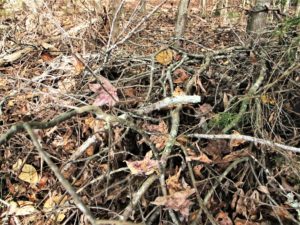 Dormant insects remaining on the property, protected in brush piles all winter, will restock the garden in the spring. Otherwise, the landscape is pretty lifeless, until bees, beetles, butterflies, and moths gradually move back to your garden months later. But there won’t be nearly as many of them if so many were removed with the fall cleanup.
Dormant insects remaining on the property, protected in brush piles all winter, will restock the garden in the spring. Otherwise, the landscape is pretty lifeless, until bees, beetles, butterflies, and moths gradually move back to your garden months later. But there won’t be nearly as many of them if so many were removed with the fall cleanup.
Begin construction of new brush piles by mid- to late summer. Caterpillars crawling around will find them suitable resting places and pupate among the twigs for a long winter nap. Some insects overwinter as adults, briefly emerging on warm winter days to feed. Leaving the shelters in place all year, however, is the best option, and one which benefits many insects and animals.
Consider letting nature behave closer to the way it was intended, the way it evolved over time. Who doesn’t want more butterflies and birds flying around the garden? This complex web of life in your own neighborhood will improve as a result. More insects to pollinate the vegetables, fruit trees, and natural stands of vegetation. And more food for frogs and baby birds. More beauty, more interest, more life!
Brush Piles For the Birds
Birds (including wrens, cardinals, juncos, thrashers, robins, sparrows, mourning doves, and towhees) often forage close to the ground. All my life, I’ve been fascinated by birds and by all of nature. We’ve watched them search through leaf litter and brush piles for worms, seeds, insects, and other sources of food. They also will find materials for nest-building activities in late winter and spring.
Some birds seek shelter among the piles of twigs when storms blow in. And they’re handy places to hide when predatory hawks are spotted overhead. Wrens are particularly active around these structures, so you might want to construct one within view of the house.
Any Other Benefits?
There are ecological benefits of keeping in place the biomass produced on your property. Considering the “carbon footprint”, nature’s mulch is an improvement on bringing in bagged mulch that had to be processed and transported to your retailer and then to your home.
Truth be told, though, I often used mulch in gardens that I installed for customers. But I also planted a variety of evergreen and deciduous material, flowering plants, and ground covers. These gardens hosted a rich assortment of indigenous insects and animals, even after the fall cleanup.
And, of course, you won’t need as many of those yard bags often seen lining residential curbsides. Imagine the savings in resources by making brush piles on your property: plastic bags, paper bags, and time, gasoline, and money spent picking up mulch or paying the town to recycle garden debris. Recycling is better than the landfill, but not removing debris from the property is even better.
Another bonus is the compost that gathers under the pile as organic materials break down. Scoop it out and use it in the vegetable garden or in potted plants. Replenish with leaves and twigs as the material reduces to compost. You might want to start a separate compost pile for leaves, weeds, twigs, and kitchen vegetable scraps and eggshells. Or simply bury the kitchen scraps in a hole in the garden. If earthworms are active, they’ll consume it within a week or two.
It’s entertaining, for many of us, to watch the birds on a cold winter day. Provide a source of clean water and a bird feeder to attract them to your yard.
“But what will the neighbors say?”
I realize this requires a leap of tradition to implement. One suggestion is to edge the beds and to keep grass neatly mown. Plant up a few colorful pots for the summer and winter seasons. This will indicate that the gardener living there does care about her property and that her brush piles are intentional. Maybe the neighbors will take a cue and do likewise; mention the pollinators! And the carbon footprint!
If space permits, keep a few brush piles in the back yard, out of public view. If you have space only in the front, perhaps you can hide your Pollinator Palace behind some shrubs.
Suburban Life
Now, if you have a homeowner’s association to deal with, you can keep the front yard looking presentable and still be ecologically correct. Even in the city, constructing attractive twig sculptures as “garden art” can serve several purposes at the same time. I’ve seen twigs and leaves molded into animal shapes and simple mounds.
During the fall cleanup, rake or use a mulching mower and direct the chopped leaves under the trees and shrubs and into flower gardens. Smaller pieces of material decompose faster and are less conspicuous. Then place a 1″-2″ layer of shredded hardwood mulch or pine bark nuggets over the chopped leaves. Nice and tidy. Earthworms will feast on those leafy bits while the worms are still active, and insects will hide in the debris.
Move fallen twigs and dead stems to the piles out of view. If you’re absolutely overwhelmed with too much material, choose which parts will go to the recycling center. But if you notice a mantis egg case or butterfly chrysalises, cut those parts of the stems and add them to your brush pile or tuck them among the shrubs.
Replacing Grass with Mixed Plantings
Making brush piles is a natural part of the fall cleanup in rural areas. But many of us live where expansive lawns, trees, and HOA’s predominate. By adding shrub borders and undergrowth, though, more birds, mammals, and insects will make your garden their home.
A verdant, layered landscape naturally provides more opportunities for insects and animals to find food and shelter. This kind of environment supports the rich biodiversity that is becoming increasingly rare as suburbs gobble up more territory. We can help by providing conditions that attract wildlife: food and water, shelter, and places to raise offspring. For starters, let the dandelions bloom! If you see a large area of clover, mow around it and let the honey bees collect nectar and pollen. And, of course, avoid using pesticides in the landscape.
Replacing grass with trees, shrubs, perennials, bulbs, and annuals gives me the greatest satisfaction. And, no, it doesn’t have to look like “a jungle out there”. Well-designed and diversified borders are very attractive, and they bring biological activity within view. They also add to the property value!
Being connected to nature is an innate need that benefits us psychologically. And shrub borders afford a measure of privacy in communities where houses line up with little space in between.
You’ll enjoy seasonal blooms, dazzling fall color, winter structure, and the promise of spring in delicately unfolding leaves. While we enjoy the beauty of the garden, the wildlife will have found a welcoming home for generations to come.
Brush Piles: Basic Construction
There’s no formula for building these brush piles. Frankly, anything will work. Make it large enough, though. Several feet on each side will do, and 2′ or 3′ tall to begin with. Smaller lodgings will function well enough for pupating insects.
If you have the space, however, construct something more substantial. A large twiggy brush pile in the old Maryland garden discouraged deer from jumping over the fence in that location. And all kinds of animals found food and shelter there.
Removing all the dead stems and leaves during the fall cleanup severely reduces populations of these little critters. Advancing up the food chain, fewer caterpillars and beetles means less food for larger insects, frogs, and birds…which means less food for snakes, bigger birds, and foxes. So, that means less life overall in the garden.
Multiple Brush Piles
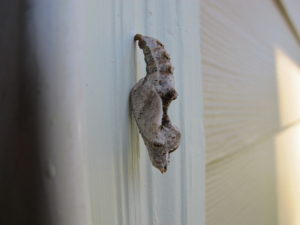
Chrysalis of gulf fritillary butterfly.
Several habitats around a spacious yard are better than one big brush pile. Think of a little caterpillar roaming around, looking for a place to pupate in late summer. Close, in his case, is better than far.
Caterpillars are in a race against time when looking for their winter homes. As masters of camouflage, chrysalises often look like dead leaves or sticks, blending in with the surroundings. But caterpillars traveling a greater distance have a higher risk of being consumed by predators.
The gulf fritillary’s chrysalis (photo, above) is difficult to detect on plants that are dying down in autumn. Unfortunately, this one pupated on the door frame, and ended up as dinner for a local lizard.
The Process
First, lay down a bed of fallen leaves. Then pile large branches on the leaves, and add twigs, and more leaves on top. Add some perennial stems from the front yard, and the frosted zinnias and seedy marigolds. Simple!
Add more branches, leaves, and twigs through the season. The shelter doesn’t need to be airtight. Insects and animals will find nooks and crannies to hide in. Adding a layer of evergreen boughs on top and on the windward side will help keep the pile dry for the inhabitants inside.
Keep some openings large enough for birds to enter when they need shelter from a predator. Chipmunks, mice, toads, and reptiles also will enjoy your efforts. Some are likely to hibernate in the soil under the brush pile.
The old potting soil from the summer pots can be used in the gardens, where organic components will continue to break down and improve the soil. Or place it on the windy side of the shelter.
Perennials In Place, Then To the Brush Piles
- Purple coneflower (Echinacea) with bumble bee.
- Pollinators on goldenrod (Solidago).
- Two varieties of tickseed (Coreopsis).
- Sedum seedheads.
If possible, let the herbaceous perennials, such as black-eyed Susan (Rudbeckia hirta, R. fulgida), coneflower (Echinacea), tickseed (Coreopsis), goldenrod (Solidago), asters, and ornamental grasses remain in place as they go dormant. Bees and other pollinators will busily collect pollen and nectar as long as the flowers produce it. Birds will pick at the seedheads in autumn and winter.
Insects that fed on plants during the summer will shelter or lay eggs on or near them for next year’s generation. A good time to cut back the dead plant stems is in late winter or early spring, just before new growth begins. If you must remove the stems earlier, add them to the brush piles. But leaving the dead plants standing in place distributes the habitats—and the sheltering wildlife—throughout the property.
- A green anole basking in morning sun, NC.
- Insect on Itea virginica.
An Attitude Adjustment
While the fall cleanup has been the normal practice for generations of homeowners, the consequences include diminished populations of wildlife. Most of the plants that feed us and animal life require insects to pollinate them. Disposing overwintering insects in enormous bags for curbside pickup, however, eliminates huge numbers of beneficial organisms.
And then we wonder why there aren’t as many fireflies and ladybugs, moths and butterflies, frogs, lizards, and birds as there were in generations past.
Fewer caterpillars and beetles will support fewer toads and birds. It’s as simple as that. Bird populations in several types of ecosystems are disappearing at an astonishingly rapid rate. Loss of habitat is part of the cause, but we can start to reverse that trend by simply adopting a fresh attitude toward wildlife. Appreciate it. Encourage it. Nurture it. Where you live.
Watch Douglas W. Tallamy’s videos or pick up a copy of his book, Bringing Nature Home, for inspiration and lists of plants that attract wildlife. Also, there are loads of pictures of insects, and a strong emphasis on using native plants. On the back cover:
“…Douglas Tallamy presents a powerful and compelling illustration of how the choices we make as gardeners can profoundly impact the diversity of life in our yards, towns and on our planet.”
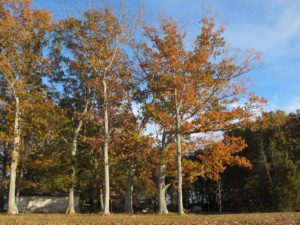
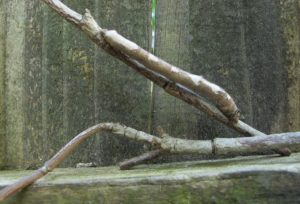
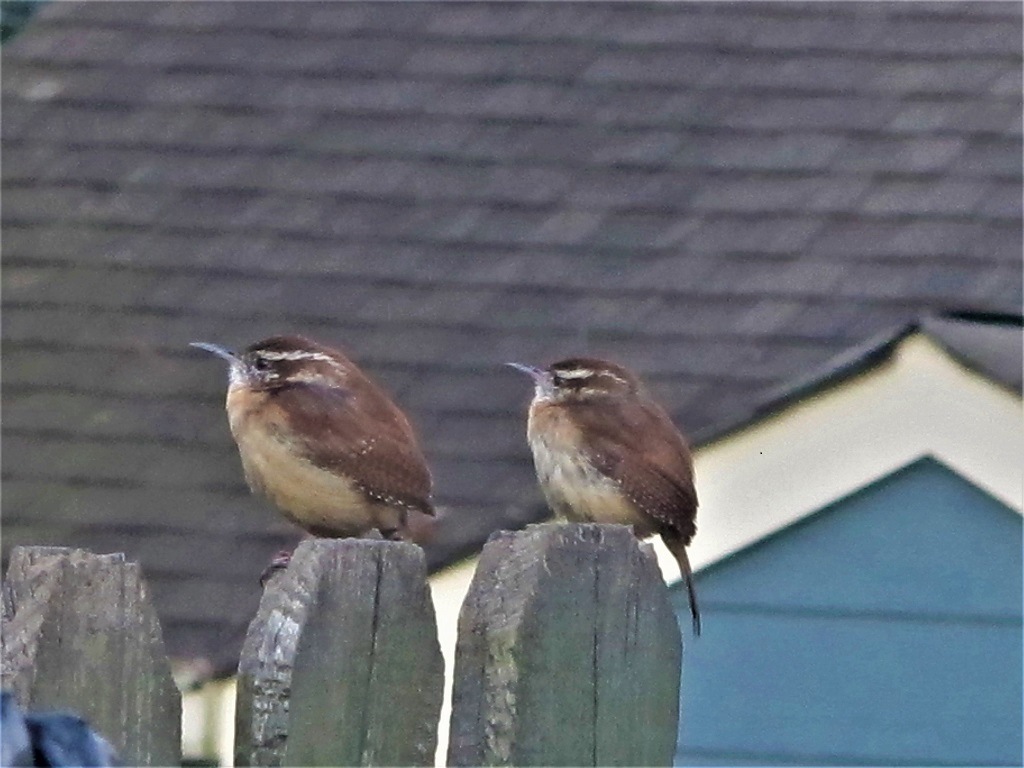
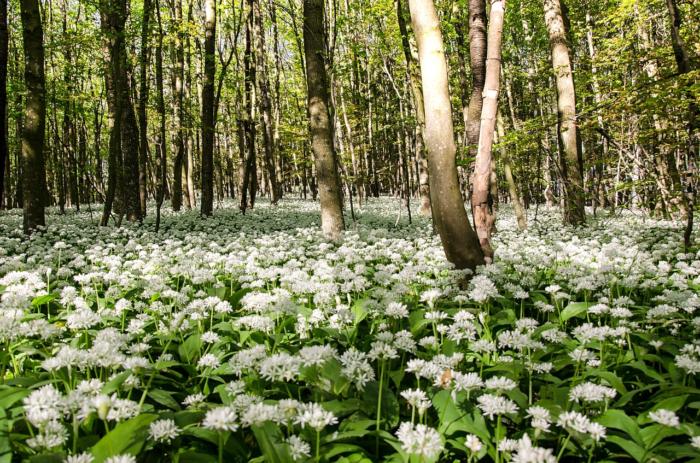
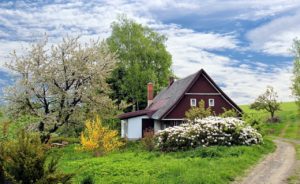
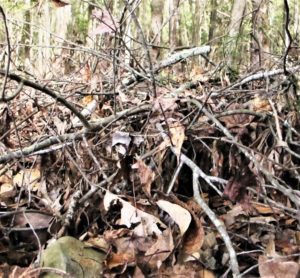
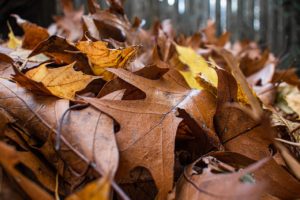
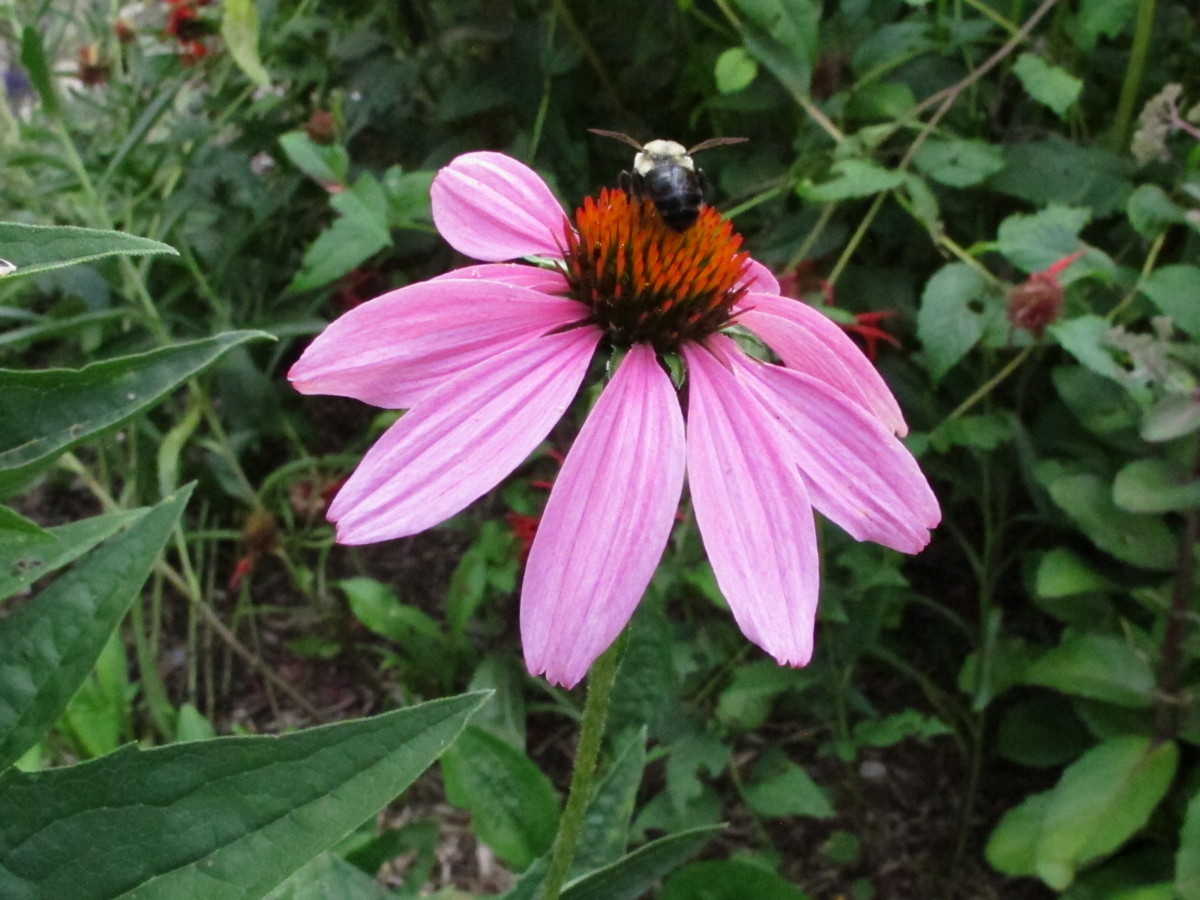
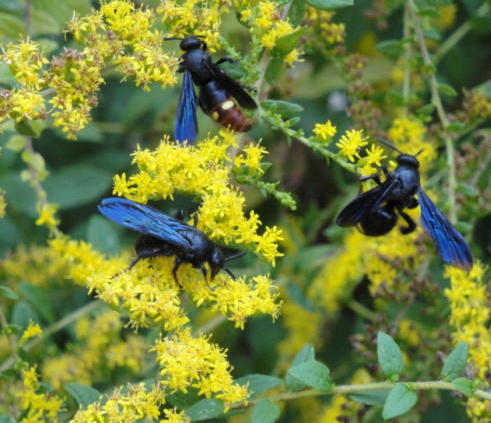
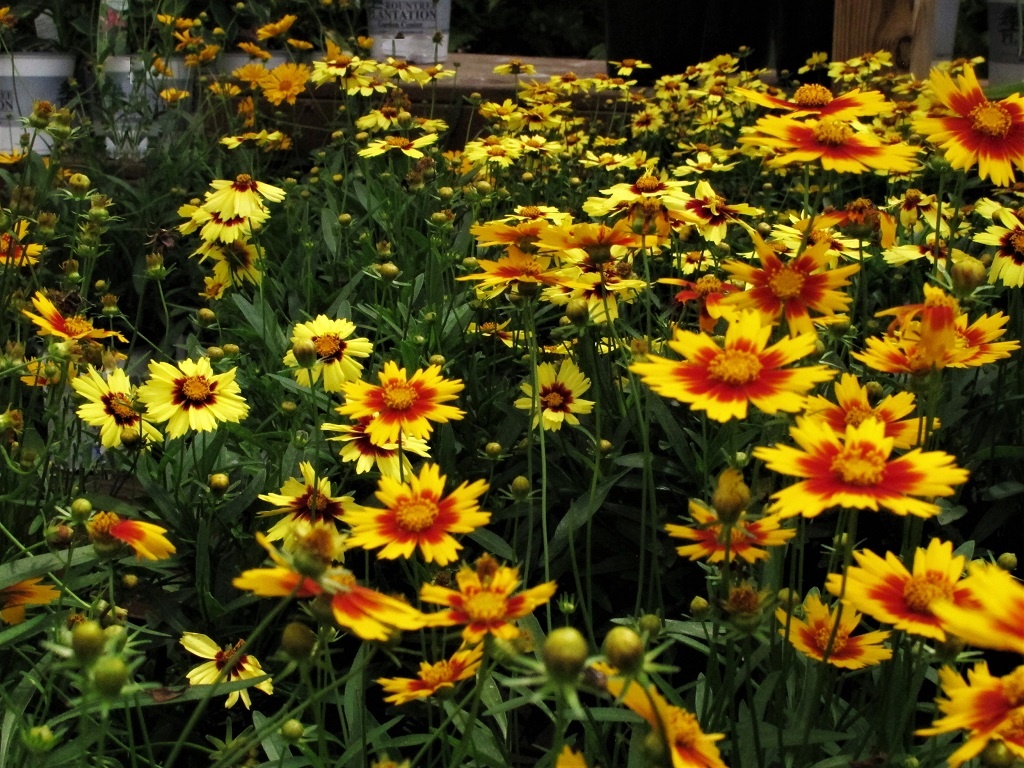
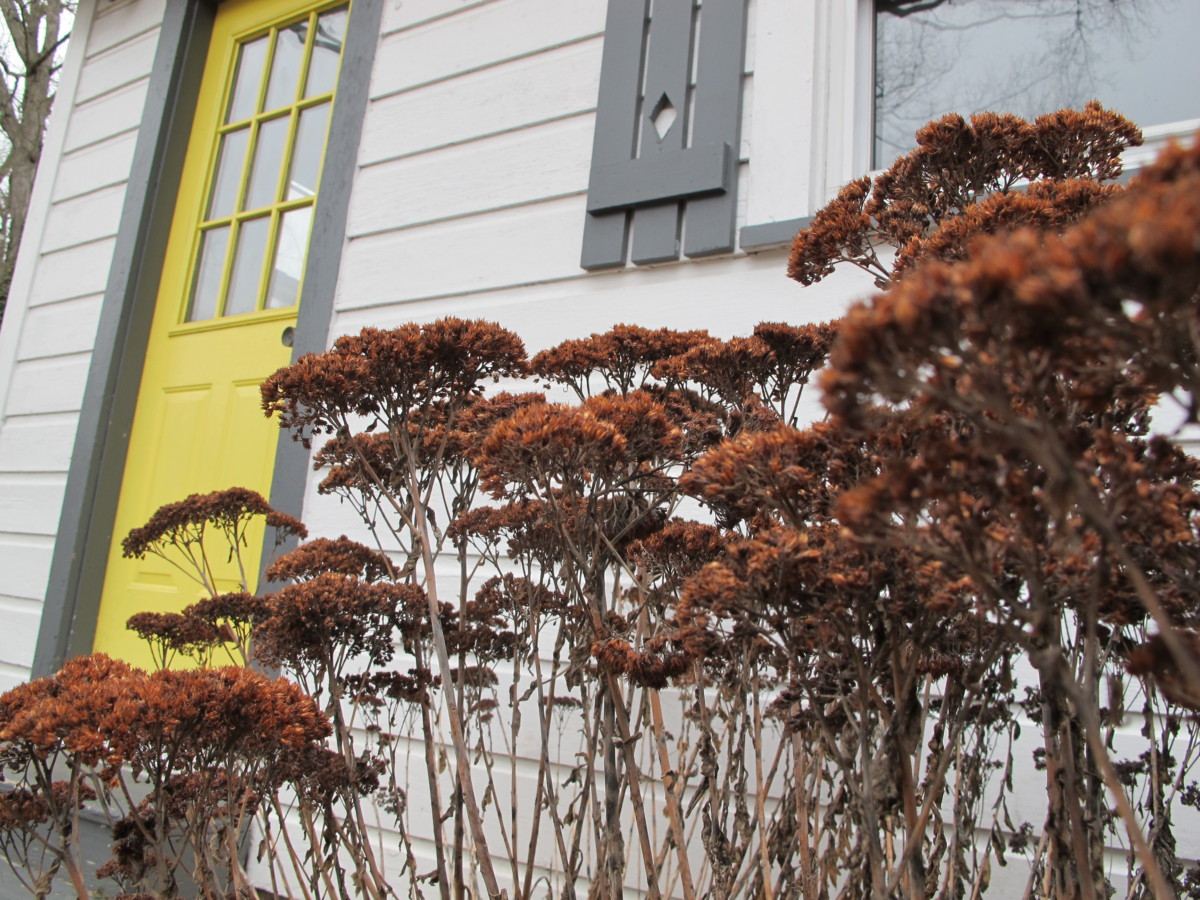
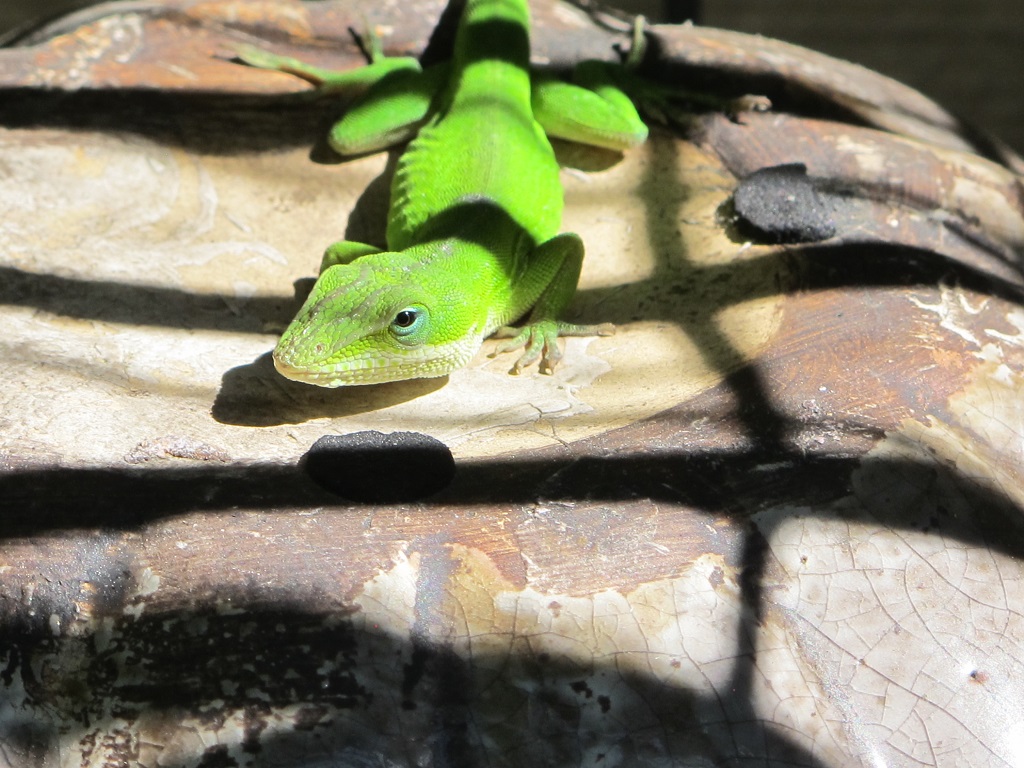
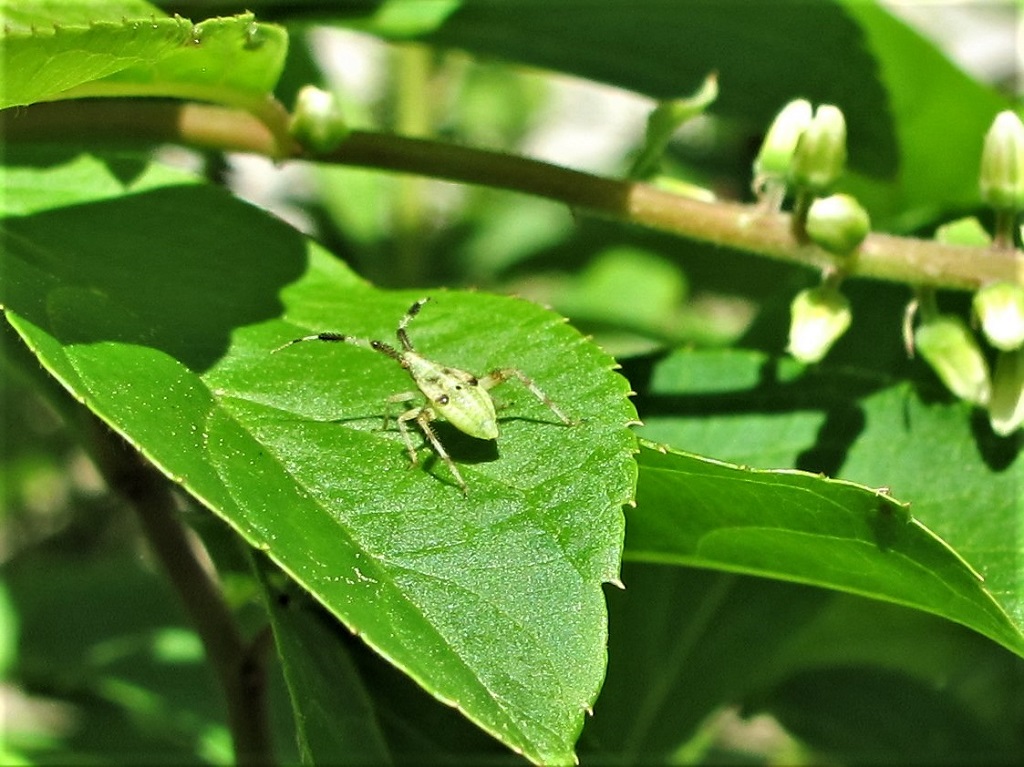
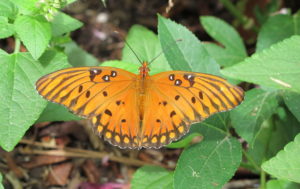
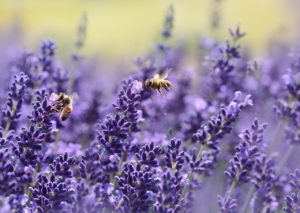
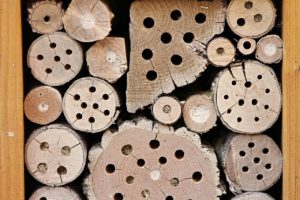
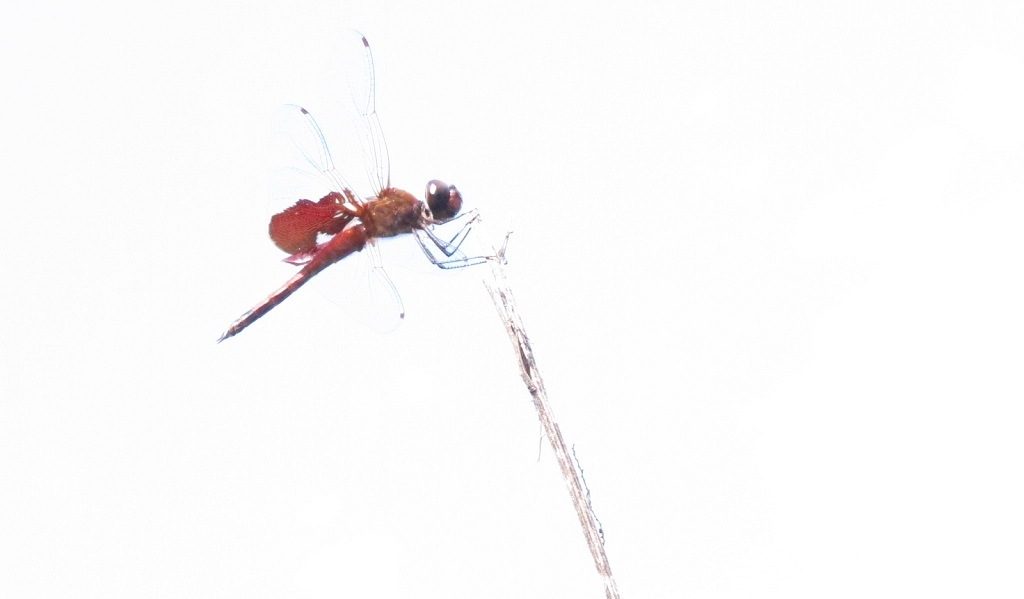
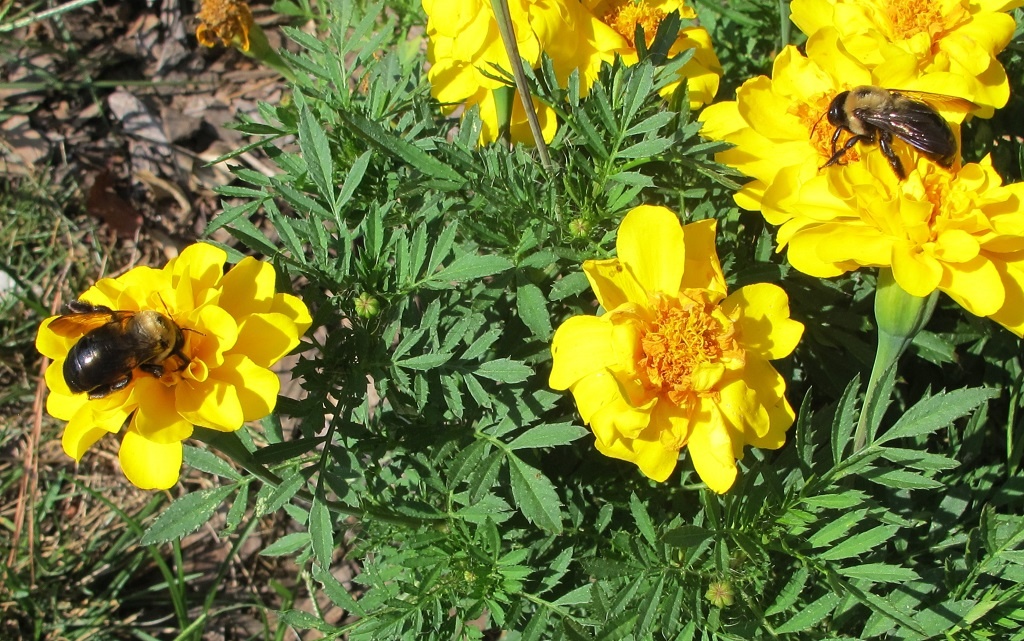
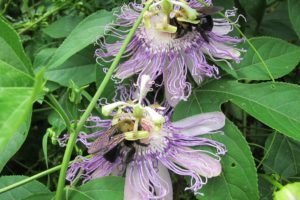
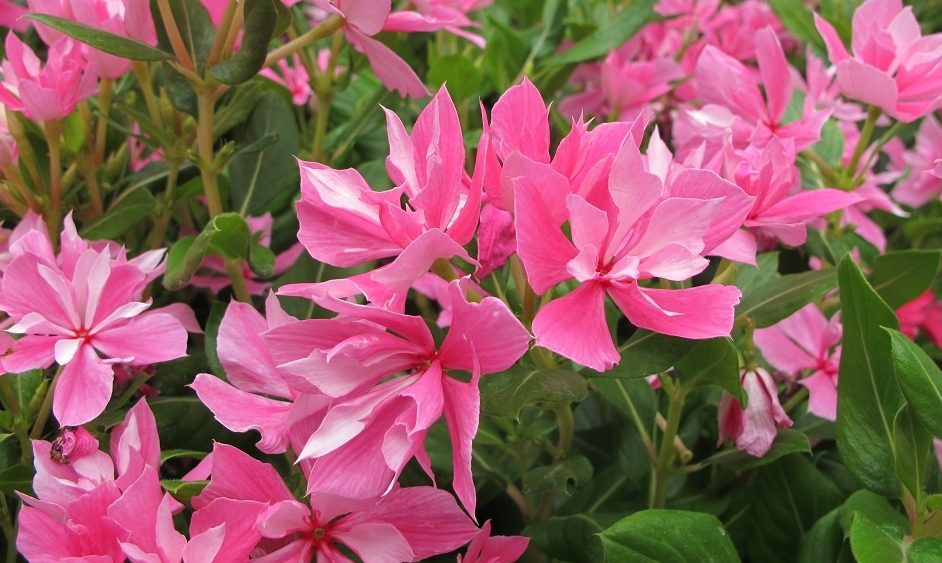
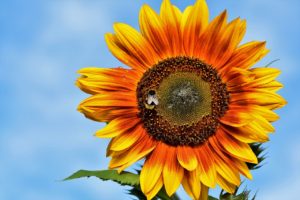 Many varieties of recent sunflower introductions have been hybridized to grow flowers with very little or no viable pollen at all. When looking through catalogs, make note of the ones called “pollenless”. These varieties will make less of a mess on the credenza and won’t cause you to sneeze. But they have little to offer bees and butterflies.
Many varieties of recent sunflower introductions have been hybridized to grow flowers with very little or no viable pollen at all. When looking through catalogs, make note of the ones called “pollenless”. These varieties will make less of a mess on the credenza and won’t cause you to sneeze. But they have little to offer bees and butterflies.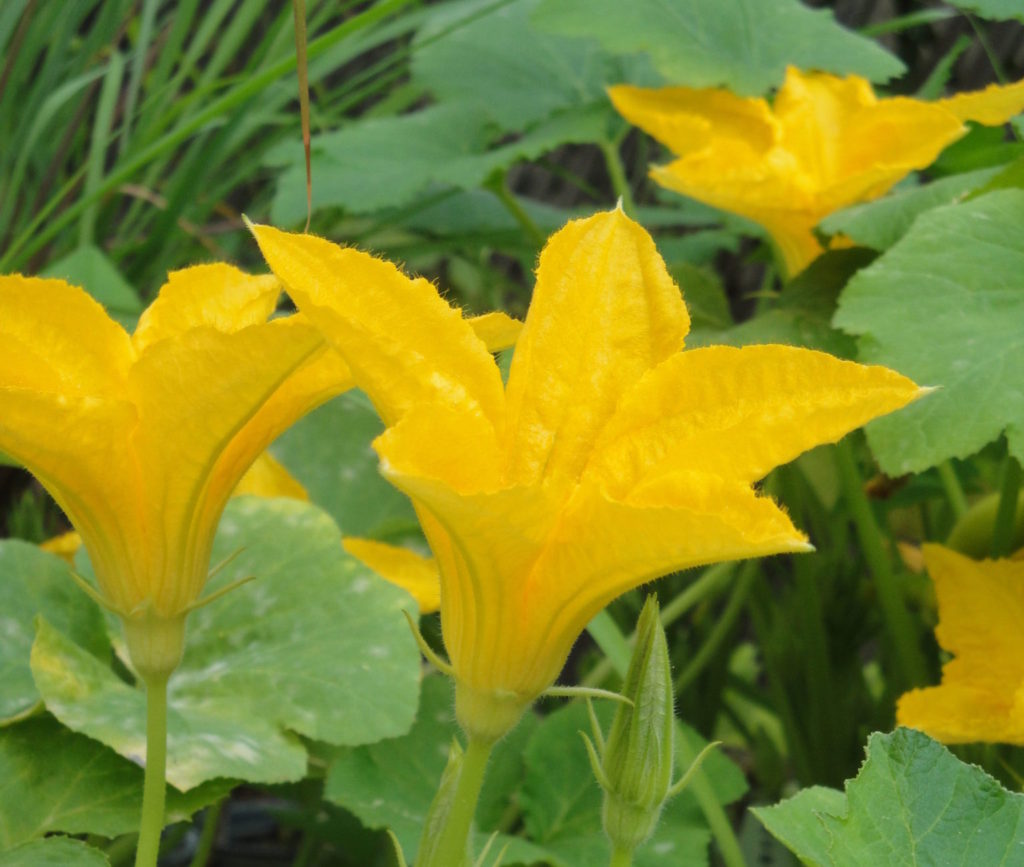
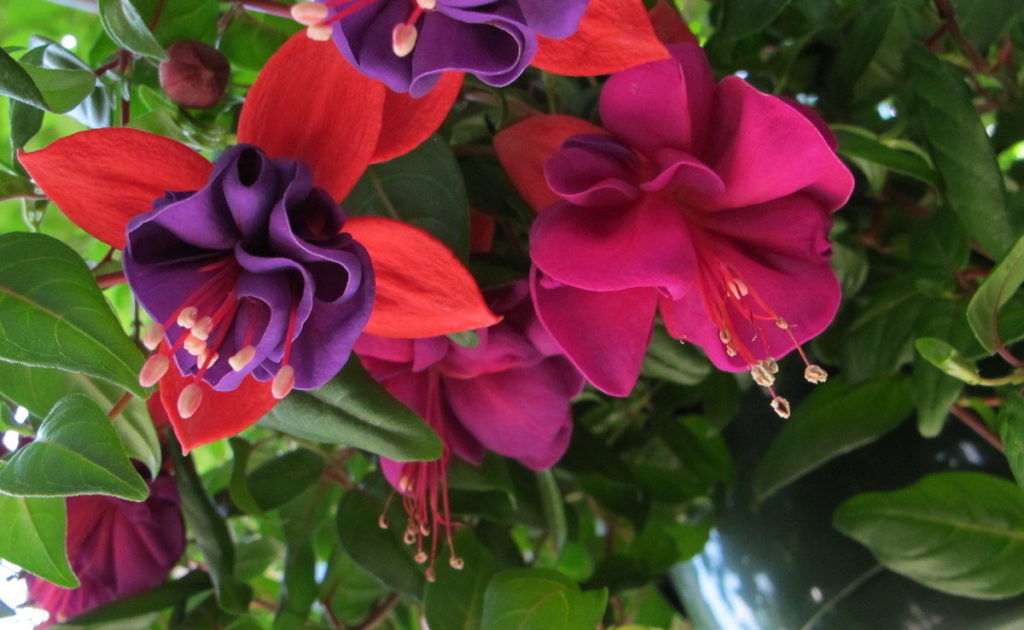
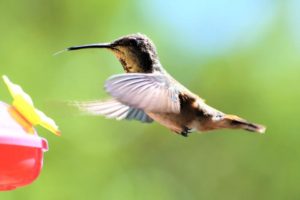
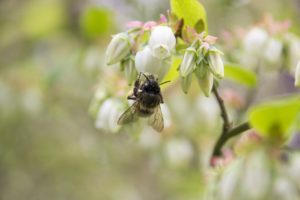
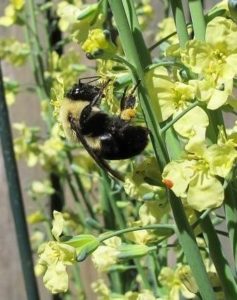
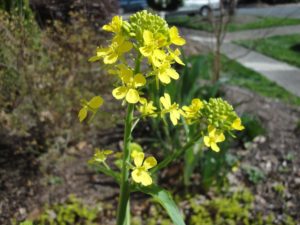
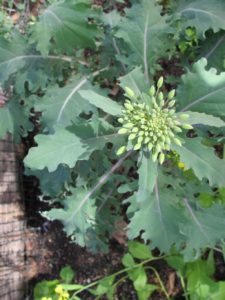
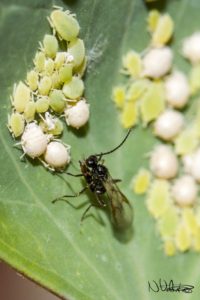
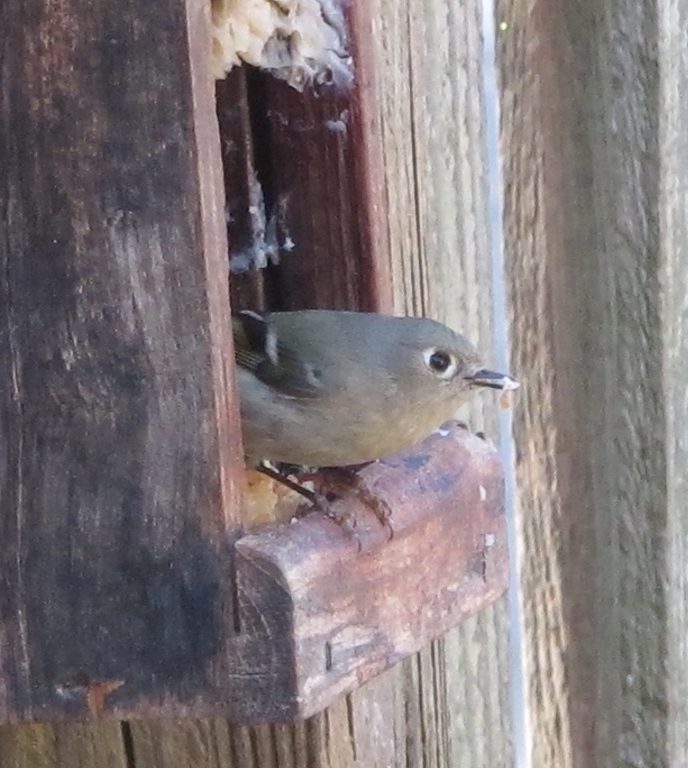
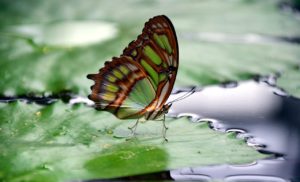


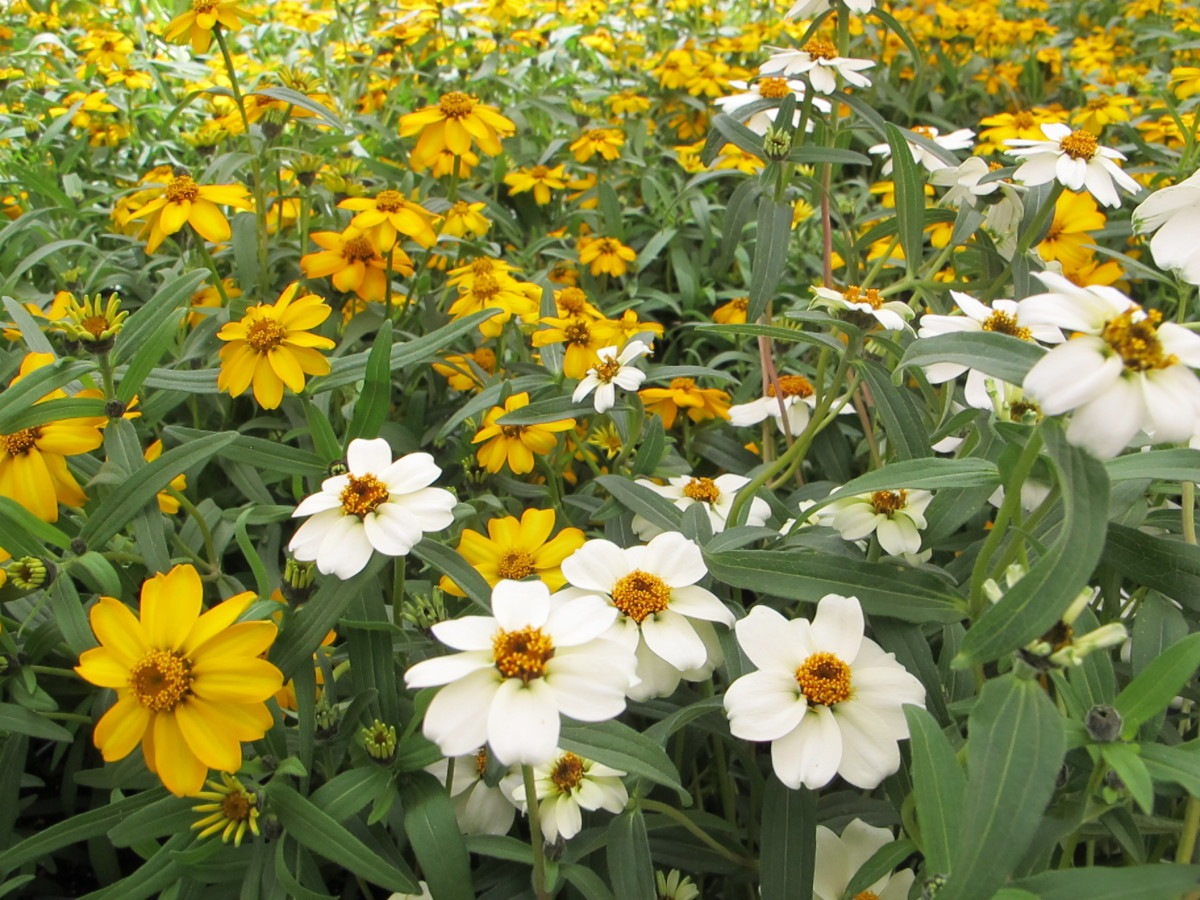
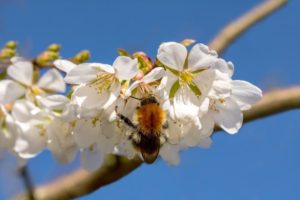
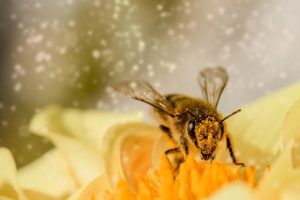 And for good reason: we rely on pollinators for more than a third of our entire food supply! Without the bees, butterflies, bats, and hummingbirds, we would not be able to feed our growing populations. Apple, peach, and nut trees, tomatoes and peppers. Zucchini, cucumbers, berry bushes, and farm animal feed. These are just a few crops that depend on these little critters. Trees, grasses, shrubs, and wildflowers also rely on pollinators for procreation.
And for good reason: we rely on pollinators for more than a third of our entire food supply! Without the bees, butterflies, bats, and hummingbirds, we would not be able to feed our growing populations. Apple, peach, and nut trees, tomatoes and peppers. Zucchini, cucumbers, berry bushes, and farm animal feed. These are just a few crops that depend on these little critters. Trees, grasses, shrubs, and wildflowers also rely on pollinators for procreation.